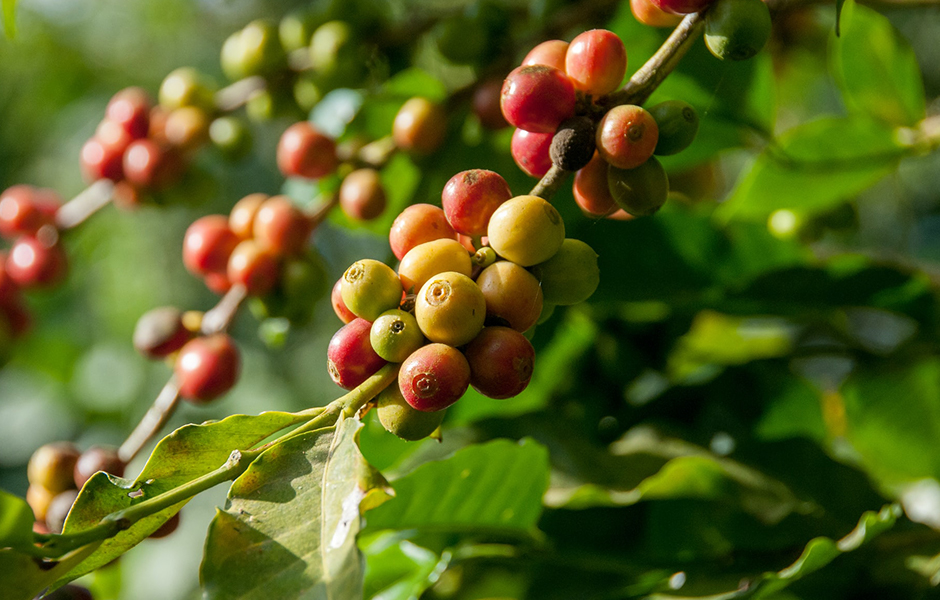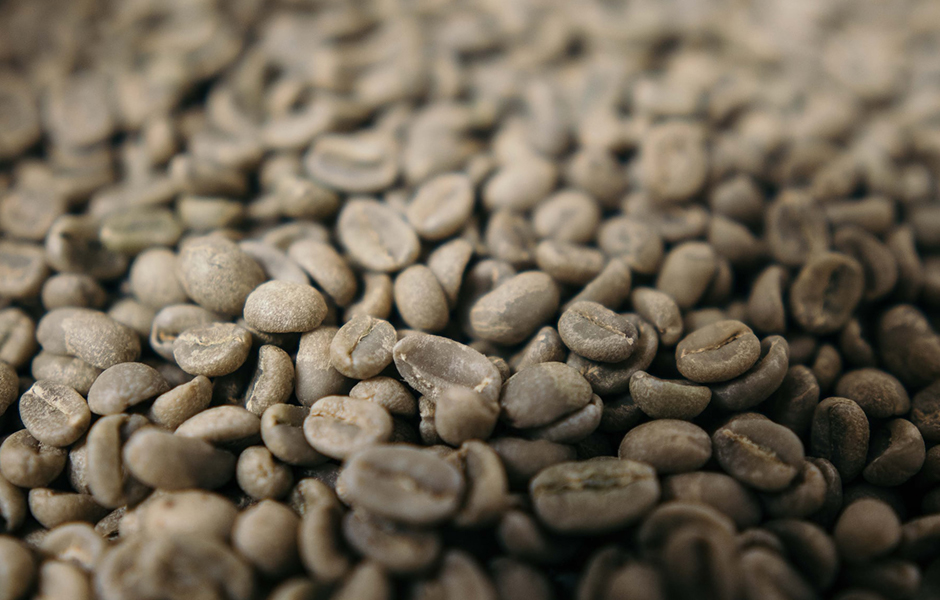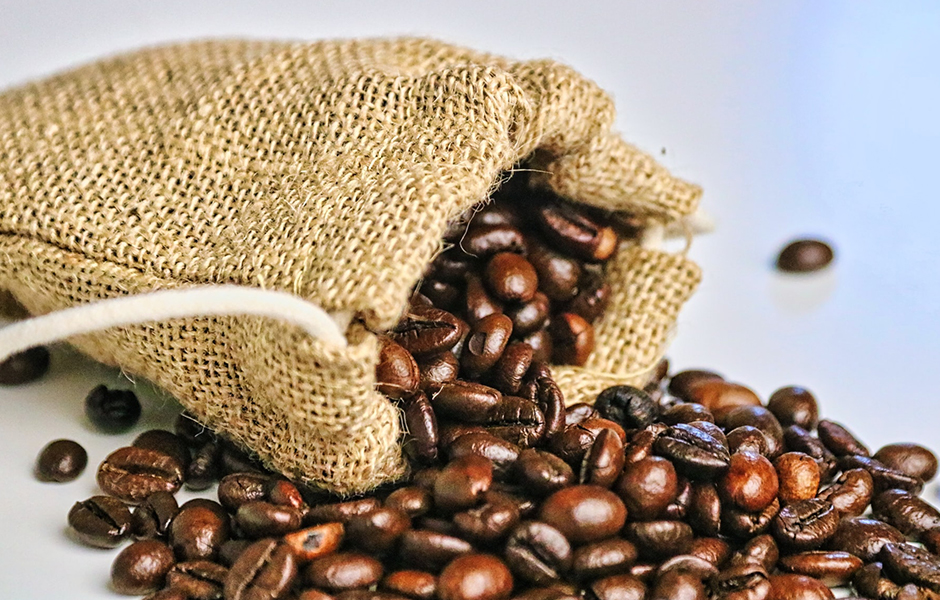The characteristics and taste profile of your brew begin at the source – the plantation. The way coffee is harvested and processed has a direct impact on the quality and flavour of the beans themselves, ultimately affecting the taste of your morning brew!
Here are 5 factors throughout the processing stage that will impact the flavour of your coffee.
1. The Location
Regional coffees can develop their own unique flavours. Single-origin coffees are becoming increasingly popular amongst coffee enthusiasts, due to their unique characteristics. As well as the location, the microenvironment also impacts the coffee. Variables such as shade, other plants, and weather all impact the flavours of the beans themselves.

2. Bean Genetics
There are two species of coffee: caffea arabica (Arabica) and caffea canephora (Robusta). Although closely related, these each produce vastly different cups of coffee. Arabica tends to be more favourable due to its higher quality, availability and overall more enjoyable taste.
In larger scale coffee products, Robusta can be blended with darker roasts without a noticeable change in flavours. This is beneficial due to Robusta being less expensive than the better-tasting Arabica.
The best way to know what type of coffee is going into your cup is to buy from a specialty coffee roaster. They tend to have records of where the beans have been grown and what species they are.

3. Coffee Processing Method
There are many different ways in which coffee can be processed once the fruit is picked.
Regardless of how it’s processed, green coffee should be processed the same day that the fruit has been picked or you risk uncontrolled fermentation. Most commercial coffee today is produced using the washed (wet) method. The gist is that the coffee fruit is passed into a tank where fermentation is designed to occur. However, this method can cause unpredictable biological growth, causing the coffee to inherit strange tasting notes.
The fermentation causes the flesh on the fruit to loosen until it can be mechanically separated from the bean by friction. This is rinsed and repeated until all the flesh is removed.
On the other hand, the ‘Natural’ or dry version is much more simplistic. It involves spreading the coffee beans out flat on the ground, often across flat stones or patios. The beans are then sun-dried.

4. Age of The Coffee
Like most things in coffee – the fresher the better. The same way you want to brew your coffee immediately after it’s been ground, you want to roast the coffee beans as soon as possible as well. As green coffee ages, it loses moisture content which makes it difficult for roasters to control the roast and the final flavours instilled into the coffee. Supermarket coffee is often made from old coffee beans, due to long-supply chains and bottlenecks along the way.
Specialty coffee is often sourced directly from the grower, ensuring only fresh coffee is roasted. This is partly why specialty coffee is such high-quality and provides the drinker with a unique experience.

5. The Roast
The way the coffee is roasted has a huge impact on the flavours that develop. As the coffee roasts, energy is added to the beans and the moisture inside is evaporated. The longer the bean is roasted, the more moisture is lost, and the more oil is secreted to the surface, which darkens the bean.
Light roasted coffees are light brown in colour, with a light bright body and no surface oil on the beans. Light roast coffees generally have a sharper acidity compared to their darker counterparts, however, retain fuller flavours of origin.
Medium roasted coffees are medium brown in colour with more body than light roasts. Similar to lighter roasts, they have a matte finish, as they're not roasted at a high enough level to produce oil.
Medium roasts are the perfect sweet spot between light and dark, allowing for a more balanced flavour and weakened acidity. With less pronounced acidity and lower levels of caffeine, medium roasts have become the staple of most households.
Dark roasted coffees are often dark brown in colour, the darkest of the roasts. Due to the secretion of oil in the roasting process, they are often shiny instead of matte. Unlike light roast coffee which preserves the flavours of origin, a dark roast’s origin flavours tend to be overpowered by the flavours present during the roasting process. The coffee will generally have a bitter, smoky, or even burnt taste and the level of caffeine is substantially decreased.
Most specialty coffee roasters roast lighter whilst supermarkets tend to go for darker roasts to ensure consistency in flavour regardless of the bean’s origin.



